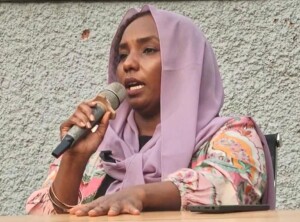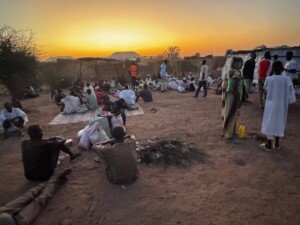Fewer cases of suspected cholera in Central Darfur
The isolation centres in Nierteti locality in Central Darfur have all reported fewer cases of ‘acute watery diarrhoea’ suspected to be cholera, confirming a downward trend observed last week.
 How to prevent the spread of cholera (Sudanese Doctors' Union)
How to prevent the spread of cholera (Sudanese Doctors' Union)
The isolation centres in Nierteti locality in Central Darfur have all reported fewer cases of ‘acute watery diarrhoea’ suspected to be cholera, confirming a downward trend observed last week.
Just one case was admitted to the medical isolation centre of Korifal village on Monday.
Activists in the voluntary work told Radio Dabanga that the centre of Nierteti hospital was completely free of infections on Monday, while Mara, Kuweila, and Turr isolation centres have not recorded any new cases.
They said 12 cases were still being treated at Mara, Kuweila, Turr and Korifal centres.
‘Watery diarrhoea’
In spite of numerous independent confirmations (conducted according to World Health Organisation (WHO) standards) that the disease which broke out in Blue Nile State in August 2016 was cholera, the Sudanese authorities and several international organisations still call it ‘acute watery diarrhoea’.
The spread of the infectious disease in Sudan last year turned into epidemic proportions. The WHO and the Sudanese Ministry of Health reported in mid-October that the total number of recorded cases reached more than 35,000 people – including 800 related deaths. Doctors of Sudan’s National Epidemiological Corporation reported in early July however, that nearly 24,000 Sudanese had been infected and 940 cholera patients died.
According to the UN Office for the Coordination of Humanitarian Affairs (OCHA) in January, a slight increase in ‘acute watery diarrhoea’ cases was reported in the country during the last week of 2017 and the first week of this year: 46 and 30 new cases respectively were registered.
Follow #CholeraInSudan, #الكوليرا_السودان for ongoing coverage by Radio Dabanga











 and then
and then